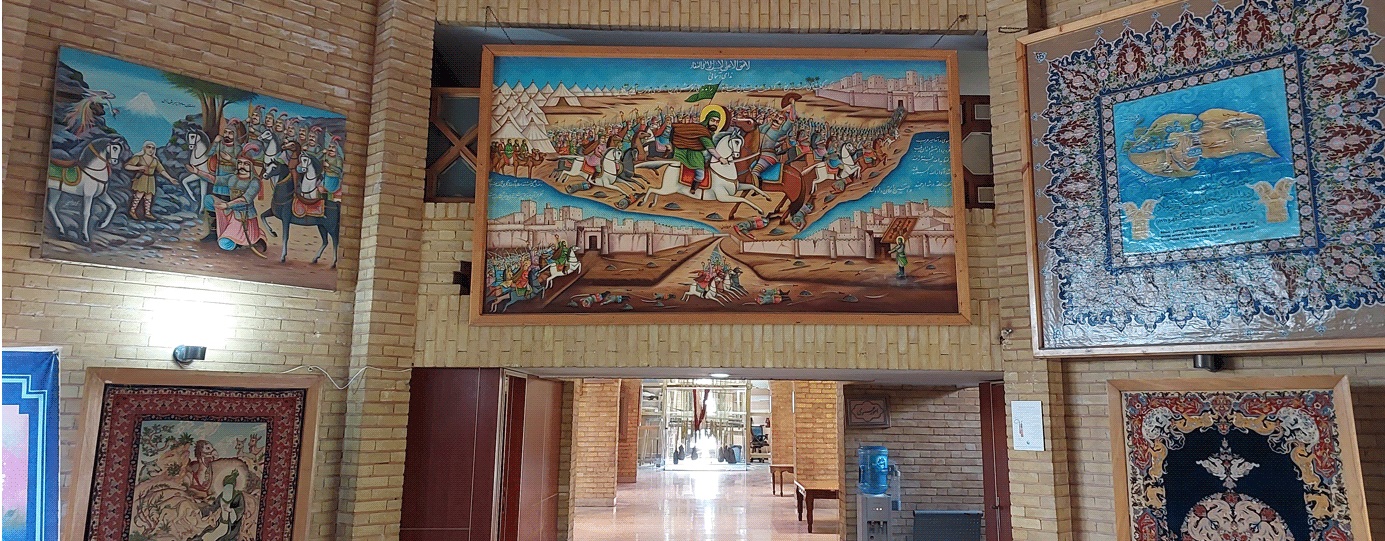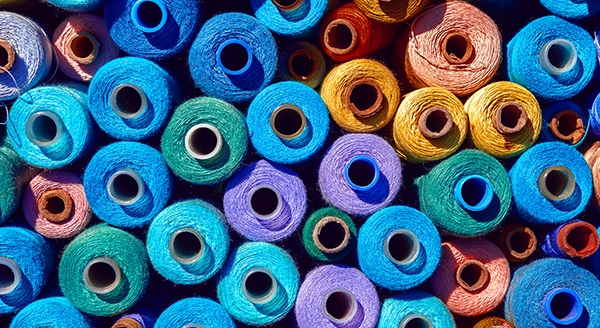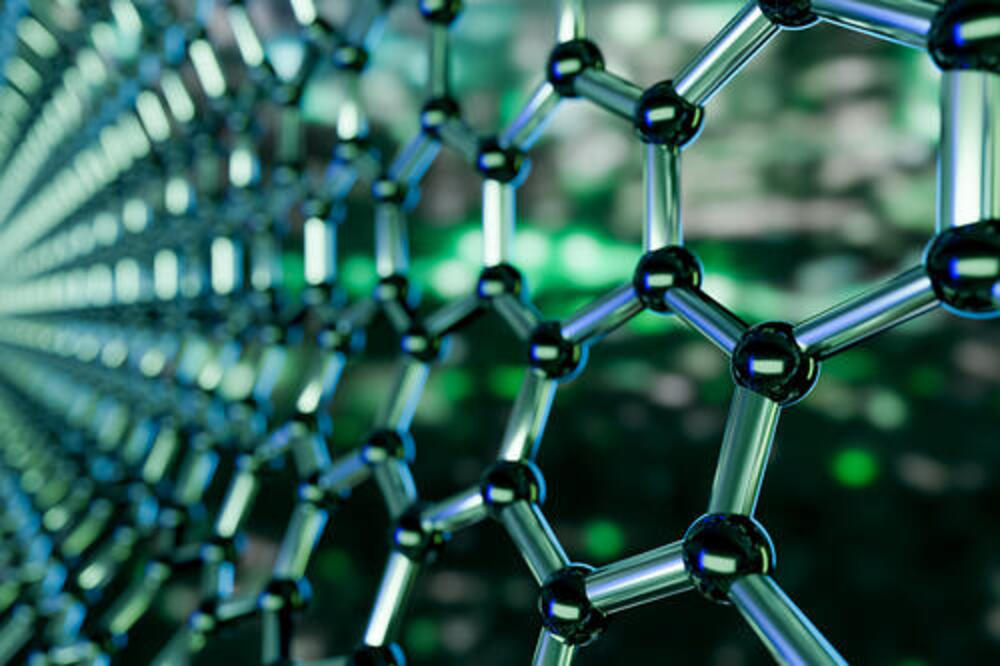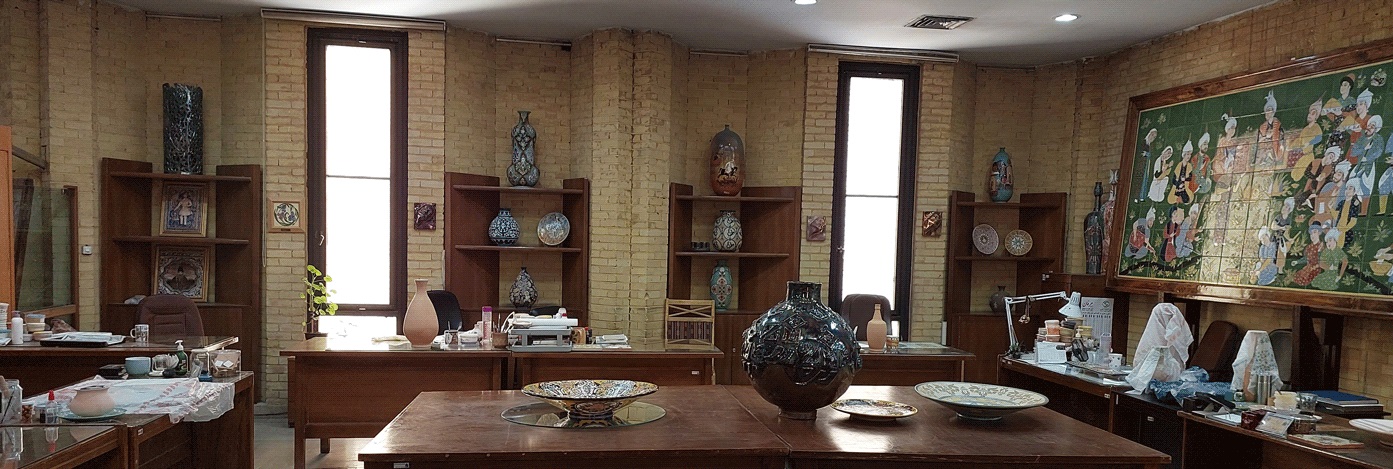ResearchGate |
|---|
Nanofibre Web Coatings Based on Nano-Spider (NS) Technology |

This chapter covers various aspects of nanofibre web coatings: fundamental theories, principles and operational process of Nanospider (NS) technology, experimental results, characterization methods and commercial applications. The concept of integration of nanofibre webs in defence protective textiles (DPTs), and research at the Defence Materials & Stores Research & Development Establishment (DMSRDE), DRDO, Kanpur, on nanofibre coated web technology are highlighted. This research has revealed that NS technology is promising for the development of lighter weight functional fabrics with enhanced comfort, particularly for military clothing and equipment. |
||
|
2024-03-01 Read more about this article in source |
||
-
.jpg?v=FEFSsQKriA3A8c3jutSAJJPO7BqGpdpSpTYVT3IIcps)
Polymeric nanofibers with their large surface area per unit mass, biocompatibility, easy fabrication and surface modification find extensive use as... 08/24/2025
-

Electrospinning can be used to prepare nanofiber mats from diverse polymers, polymer blends and embedded nanoparticles. Especially nanofiber mats... 08/24/2025
-
.jpg?v=a2NtTPJGaWgN6hdulbOVOc2Glco1otTxCSNLSRCWPRk)
The properties of produced nanofibers are normally too small to be observed with the naked eye. Therefore, advanced equipment is necessary to... 08/24/2025
-
.jpg?v=a2NtTPJGaWgN6hdulbOVOc2Glco1otTxCSNLSRCWPRk)
The target audience of this is senior undergraduate and graduate students, researchers, and engineering practitioners who are about to enter or... 08/24/2025
-
.jpg?v=xxmxS_SiGLrYBzjtW-31tfKjB41_lYadHIp7XFuk49g)
Electrospun nanofiber membranes are innovative materials produced through electrospinning process, a technique that generates ultrathin fibers from... 08/24/2025
-
ResearchGate more ...
A comparative fractographic analysis for the effect of polymeric nanofiber reinforcements on the tensile behavior of multi-layered epoxy nanocomposites
This study presents a comparative investigation into the effects of four different nanofibers—PA66, PStX, PAN, and PVB—on the mechanical performance and failure mechanisms of epoxy adhesive films. These nanofiber‐reinforced adhesive layers were manufactured via a dry‐reinforcement resin film infusion method and tested under uniaxial tensile loading. Mechanical results showed that PA66 and PStX nanofibers improved tensile strength by up to 25%, primarily by mitigating crack initiation at free edges and promoting effective fiber–matrix bonding. In contrast, PAN nanofibers induced micro‐cracks at the fiber–resin interface, amplifying crack coalescence and reducing strength by 25%. 03/01/2025




